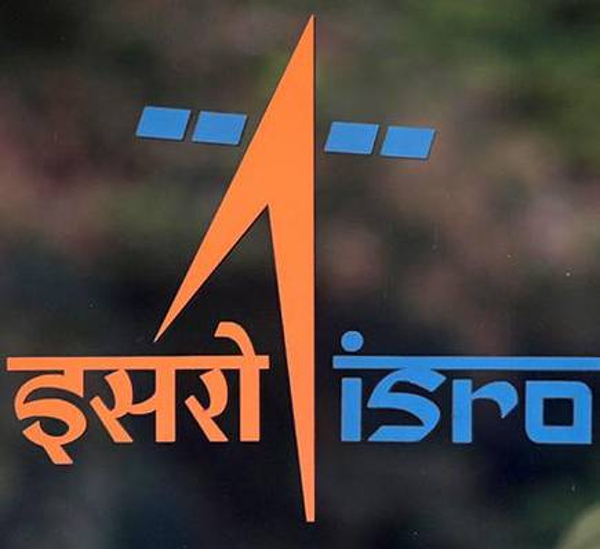BENGALURU: As part of its preparations for the ambitious India’s first human spaceflight mission (Gaganyaan), the Indian Space Research Organisation (Isro) on Saturday said it successfully conducted a hot test of the system demonstration model (SDM) of the service module propulsion system.
“…The first hot test of the SDM of the Gaganyaan Service Module Propulsion System was for a duration of 450 seconds at Isro Propulsion Complex (IPRC) in Mahendragiri, Tamil Nadu. The system performance met the test objectives and there was a close match with the pre-test predictions,” Isro said.
The space agency added that a series of hot tests are planned to simulate various mission conditions as well as off-nominal conditions in the coming months.
The service module is part of the Gaganyaan Orbital module and is located below the crew module and remains connected to it until re-entry.
“The service propulsion system consists of a unified bi-propellant system consisting of five 440-N thrust engines and 16 100-N reaction control system (RCS) thrusters with MON-3 and MMH as Oxidizer and Fuel respectively,” Isro said.
The SDM, consisting of five 440-N engines and eight 100-N thrusters, was realised (designed) to qualify the propulsion system performance in ground. A new test facility was established at IPRC, for testing the SDM, Isro added.
As reported earlier by STOI, Isro had in July conducted another long-duration hot test of the liquid propellant engine of the GSLV MkIII, the launch vehicle to be used for Gaganyaan.
The third long-duration hot test of the liquid propellant Vikas Engine for the core L110 liquid stage of the human rated GSLV MkIII vehicle, was fired for a duration of 240 seconds and the performance met the test objectives and the engine parameters were closely matching with the predictions.
Source: ToI
You may also like
-
New Heat-Based Approach To Cancer Treatment Can Reduce Chemotherapy Doses
-
Scientists Take A Major Step Towards Unification Of Classical & Quantum Gravity
-
India Graphene Engineering and Innovation Centre (IGEIC) Under the Vision of Viksit Bharat@2047 Launched
-
New High-Performance Gas Sensor can Monitor Low Level Nitrogen Oxides Pollution
-
Antidepressant Drug can be Repurposed for Treating Breast Cancer
